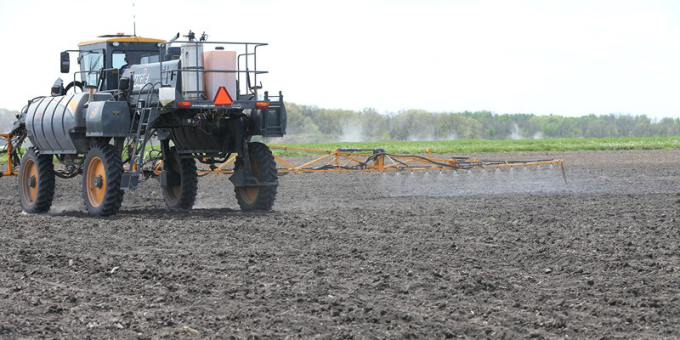
WEST LAFAYETTE – The Midwestern Regional Climate Center, which is housed at Purdue University, is launching a new tool in partnership with the U.S. Department of Agriculture’s Midwest Climate Hub to provide soil temperature threshold information based on historical data from the last 30 years.

Melissa Widhalm, the MRCC’s associate director, and regional climatologist, said the Soil Temperature Climatology Tool will be crucial for the agricultural industry to better identify benchmark dates for when specific agronomic activities, such as planting and applying nutrients, should take place.

“Every spring and every fall we get numerous requests from farmers asking us at the MRCC when they should expect to be able to put seed in the ground or apply nitrogen, based on past soil temperatures,” Widhalm said. “While this isn’t a real-time monitoring program, this does clue in that piece of historical data that we didn’t have access to before so we can make better-informed decisions.”
Data for the tool was sourced from the North American Regional Reanalysis (NARR), a model produced by the National Centers for Environmental Prediction that generates reanalyzed data for temperature, wind, moisture, soil, and dozens of other parameters. Widhalm said using data from NARR was necessary because several areas across the Midwest lack substantial soil temperature measurements. These soil temperature estimates provide an accurate historical perspective.

Laurie Nowatzke, coordinator of the USDA Midwest Climate Hub, expressed excitement over the tool’s release: “Soil temperature affects so many on-farm management decisions. We consistently hear from producers and agricultural service providers that they need better access to this key piece of climate information. As with many of MRCC’s data tools, the Soil Temperature Climatology Tool can help Midwestern farmers plan ahead during complex parts of the season.”
While the Soil Temperature Climatology Tool was developed with the farming community in mind, Widhalm said the data this tool provides will be useful for several other production areas.
“This will be helpful for anyone working with soil, whether that is construction companies needing to dig in the ground or a forester needing to haul cut trees across the frozen ground,” she said. “We want people to understand this tool can be versatile for a multitude of industries.”
The Soil Temperature Climatology Tool is available to the public on the MRCC’s website.
Information: Jillian Ellison, ellison1@purdue.edu
Source: Melissa Widhalm, mwidhalm@purdue.edu
Agricultural Communications: 765-494-8415



